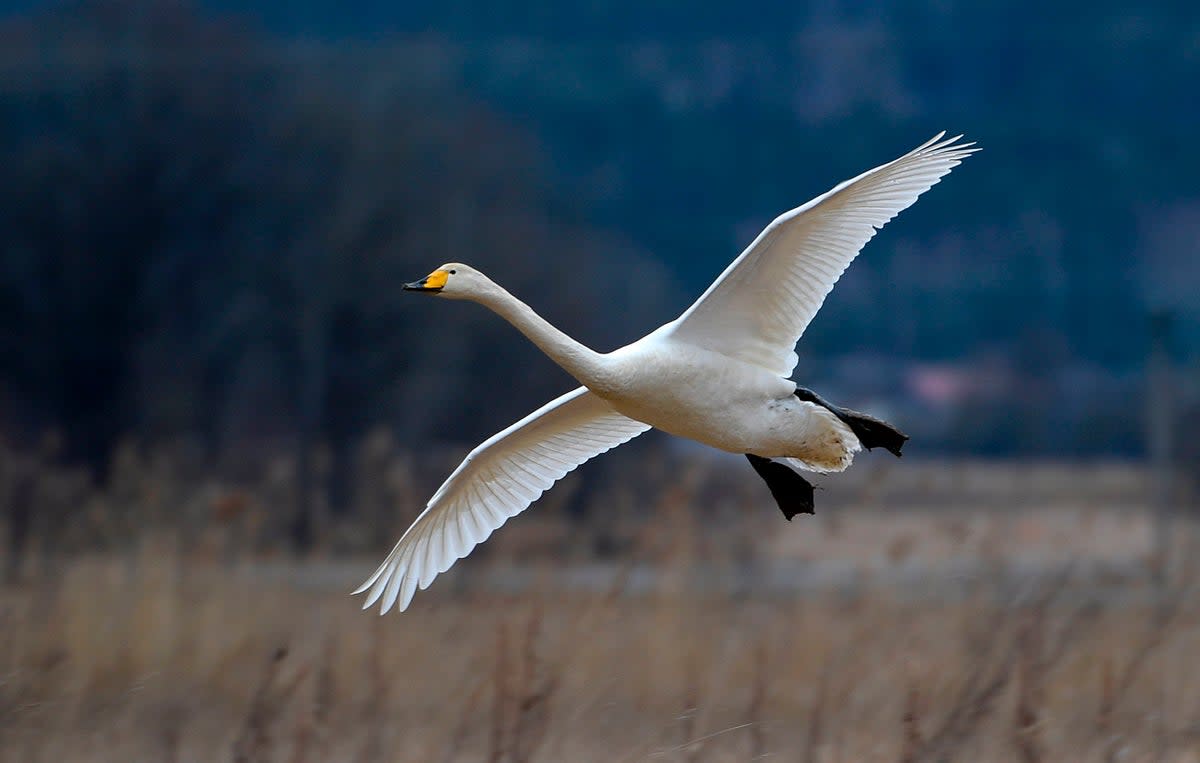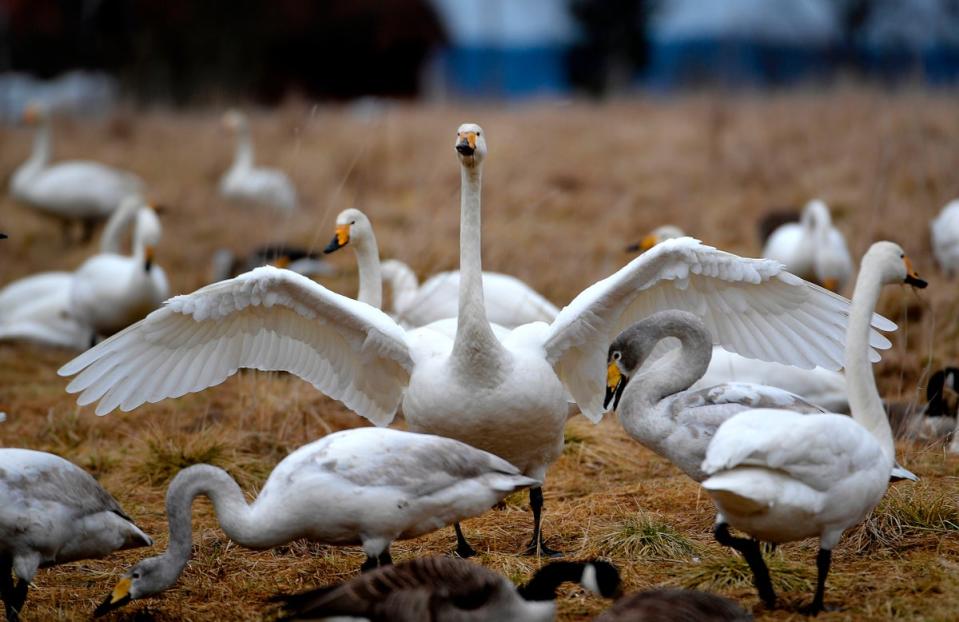Swan populations expected to double by 2030 due to UK nature reserves

The number of wild swans in the UK could double by 2030 thanks to the protective effects of nature reserves.
Research has found that populations of whooper swans have grown 30 times faster inside nature reserves, where survival rates were found to be significantly higher. Whooper swans are usually winter visitors to the UK from Iceland, where they spend summers.
Scientists from the University of Exeter analysed 30 years of data and more than 10,000 swans in their research, which found that the annual population growth rate of whooper swans inside nature reserves was six per cent, compared with 0.2 per cent outside reserves.
Nature reserves have features in place to help the swans survive, including fox fences, supplementary food, managed roosting sites and hunting bans.
Study author Dr âªAndrea Soriano-Redondo, from the universities of Exeter and Helsinki, said: “Protected areas are the main tool being used to stem declines in biodiversity, and there is a growing consensus that 30 per cent of the planet’s surface should be protected by 2030. However, the effectiveness of protected areas is not always clear – especially when species move between protected and non-protected areas throughout their lives. Our findings provide strong evidence that nature reserves are hugely beneficial for whooper swans, and could dramatically increase their numbers in the UK.”

Dr Richard Inger, from the Centre for Ecology and Conservation on Exeter’s Penryn Campus in Cornwall, said: “This population boost is not restricted to the nature reserves – it created a higher population density, which led some swans to move to non-protected areas. Young swans were most likely to do this, meaning the benefits of nature reserves spill over to other areas too.”
The researchers said that even if protected nature reserves are relatively small and used only for a part of species’ life cycles, they can have major effects on populations of migratory birds that inhabit them.
David Pickett, centre and reserve manager at WWT Caerlaverock Wetland Centre, near Dumfries in Scotland, said: “This research shows how safe havens for wetland wildlife, like those at WWT Caerlaverock, Welney and Martin Mere, can help a species survive and succeed when their traditional homes are under threat. Many wild birds rely on our sites for food and shelter, and we are committed to creating and restoring more of these healthy wetland habitats, which the UK has lost so many of in our recent history.”

 Yahoo News
Yahoo News 
